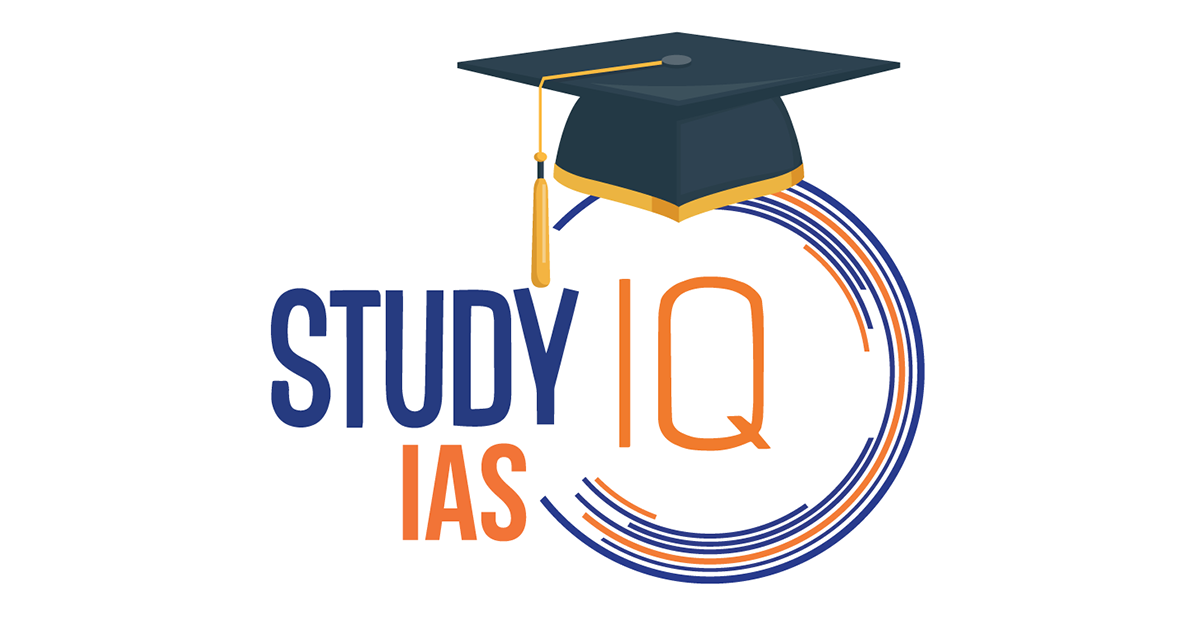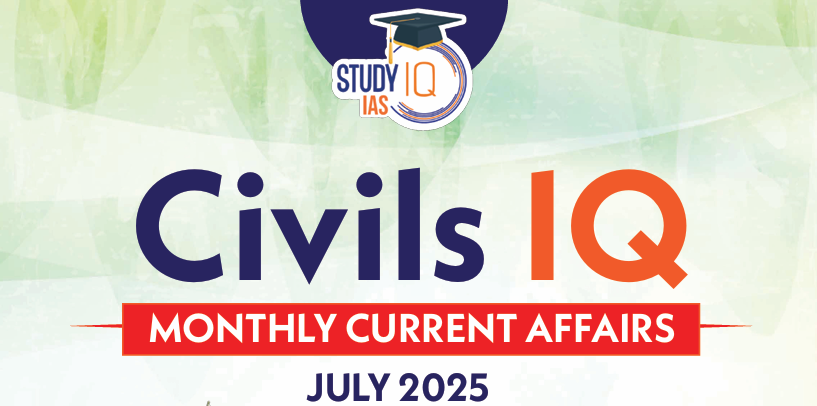Table of Contents
This directive followed a Supreme Court ruling and was influenced by concerns over the adverse health effects of deteriorating air quality on students.
What are the Challenges Associated with Closing of Schools?
- Air Quality in Schools vs. Homes: Many children experience similar or worse air quality at home compared to schools.
- eg., Underprivileged children benefit from better air quality in schools equipped with air purifiers.
- Social and Emotional Development: Schools are vital for peer interaction and emotional growth, which are largely absent in virtual setups.
- eg., Online platforms reduce real-time engagement, making it difficult for teachers to address students’ individual needs.
- Nutritional Loss: Children reliant on mid-day meals lose access to this critical nutritional support.
- Increased Screen Time: Younger children are exposed to harmful screen time during online classes.
Suggestions for Addressing Poor Air Quality in Schools
- Ensuring Continuity of Physical Classes: Schools should remain functional regardless of AQI levels to maintain learning continuity.
- Mitigation measures:
- Completely halt outdoor activities in schools when AQI is poor.
- Encourage the use of air purifiers and face masks, based on age and health needs.
- Allow children with pre-existing respiratory issues to benefit from mask-wearing, particularly in polluted spaces.
- Mitigation measures:
- Health-Centric Preventive Measures: Focus on preventive healthcare for individuals with pre-existing respiratory or health conditions.
- Promote regular health check-ups and follow-ups with healthcare providers.
- Encourage vaccinations, including:
- Annual influenza vaccination.
- Age-appropriate vaccines like pneumococcal, measles, and Haemophilus influenzae Type b (Hib).


 INS Androth Commissioned into Indian Nav...
INS Androth Commissioned into Indian Nav...
 Anticipatory Bail in Caste Crime Cases
Anticipatory Bail in Caste Crime Cases
 Corn Production In India and Trade: Why ...
Corn Production In India and Trade: Why ...






















